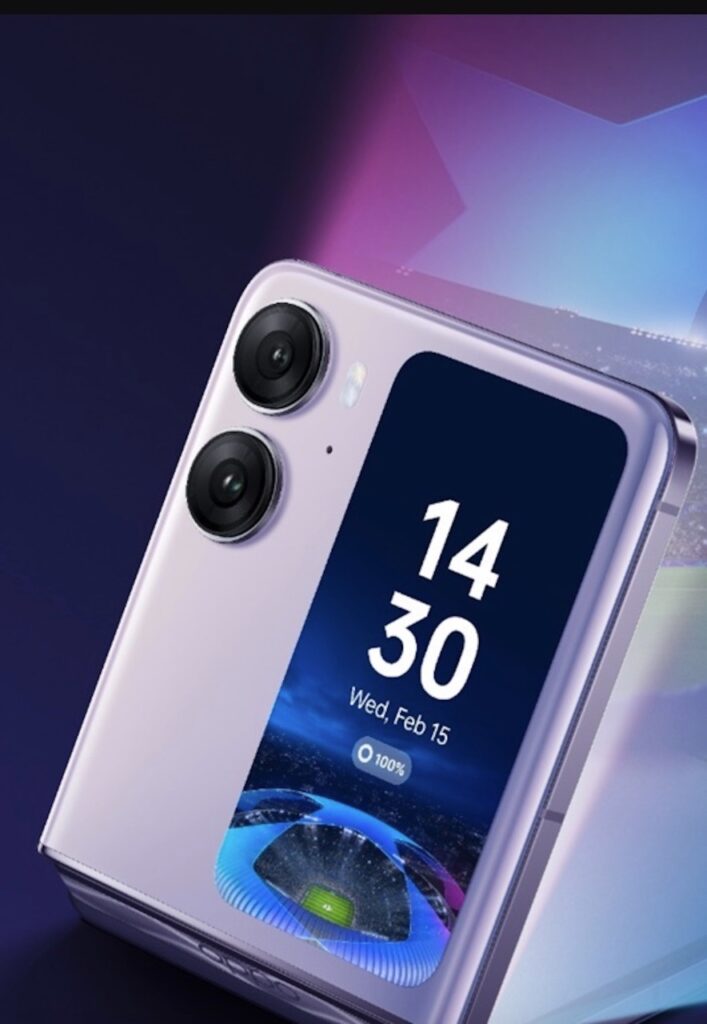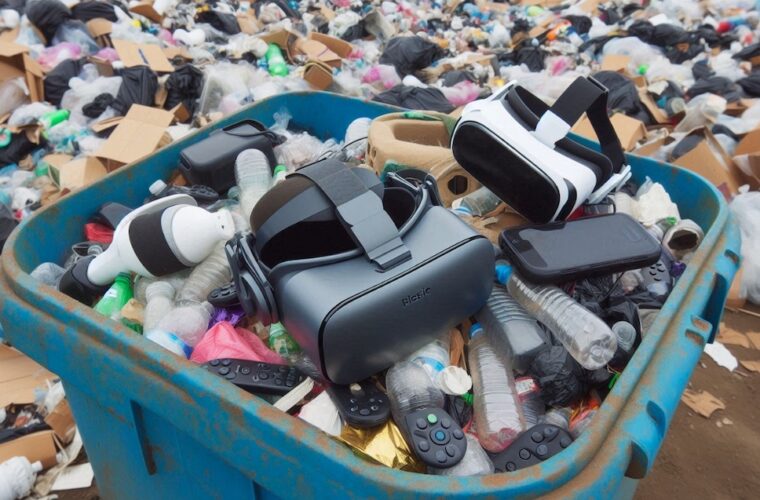The perfect foldable phone does not exist. But it will most likely be a flip phone. The foldable phones are starting to take a more defined shape. And for the less young of us, it’s a throwback.
We are talking about the clamshell phone of the early 2000s. In its reincarnation with a flexible display, it shows an unexpected modernity. Those over thirty years old will remember the first Nokia and Motorola phones. They opened with a wave of the hand, the small display on one side and the keyboard underneath. It was nice to answer the phone just for that flick of the wrist that made you a Fonzie manager, a good and efficient bully accompanying the ‘hello speaker’ with a broad hand gesture. They were a way of saying ‘I have a mobile phone’. On the other hand, the new flip phones are state of the art, the most efficient way to justify a high price and use a larger screen.
Numbers still small
The success of devices like the Samsung Galaxy Z Flip 4 and the Oppo Find N2 Flip has not set a standard because the numbers are still small. But they have indicated a clear direction. The latest sign of this is the success of the Razr 40 Ultra. Presented in early June by Motorola, the new foldable smartphone has won over Chinese consumers. Within a few hours, the first stocks were sold out with 10,000 device units. In Italy, the price tag is €1,199, with its basic version, the Razr 40, starting at a more affordable €899. Motorola’s official account on the Chinese social networking site Weibo spread the news of the sold-out in China.

Useful tool for creators
The idea of a display that stretches and sits up works for creators. And this allows you to record yourself or go live by placing the smartphone on a plane without additional support. Above all, the large front screen, the one you can see when it is closed, works: you can read notifications, time and check social media on a device smaller than normal smartphones in that price range.
On a technical level, it boasts a 3.6-inch external display and a 6.9-inch internal display, with a resolution of 1080 x 2640 pixels. On the other hand, the Samsung Galaxy Z Flip 4 is about half the height of your average high-end smartphone and feels more like holding a pack of sweets or a bunch of paper. Oppo’s foldable is perhaps the boldest. The Chinese and the Koreans are the manufacturers who believe in it the most. Apple has so far not ventured to fold its iPhone. The Oppo Find N2 Flip boasts impressive hardware and software optimized to try and make the most of it. It is not perfect. Folds are still searching for balance, but they at least make sense.
Foldable Smartphones
According to Counterpoint’s market tracker on foldable smartphones and considering the in-depth report on foldable smartphones, the global market for these devices grew 64 per cent year-on-year in Q1 2023, based on sales volume, and reached a share of 2.5 million units. This is significant because the foldable market grew amid a 14.2 per cent year-on-year decline in the overall smartphone segment during the same period. The foldable smartphone markets in almost all major regions, including China, North America and Western Europe, showed strong growth in Q1 2023.
The incredible expansion in the Chinese foldable market largely drove the robust growth in the global foldable market. Although the Chinese smartphone market declined by around 8% year-on-year in Q1 2023, the foldable segment continued to grow, increasing by 117% year-on-year to 1.08 million units. Commenting on this phenomenon, research analyst Woojin Son said: “In China, new foldable products such as the OPPO N2 and N2 Flip have achieved resounding results. These big launch events constantly arouse market interest. As a result, Chinese consumers have become more familiar with foldable products than in other regions”.



